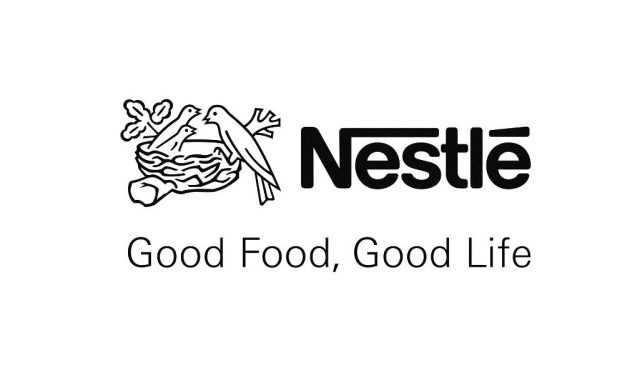VEVEY, Switzerland – On World Milk Day (Wednesday, June 1), Nestlé showed its ambition on sustainability for its biggest raw material: dairy. The company is expanding initiatives aiming at reducing greenhouse gas (GHG) emissions, preserving water resources and supporting regenerative agriculture on the farms it sources milk from.
This includes over 100 pilot projects with partners around the world, including 20 farms already on a path to achieve net zero emissions in the near future. Nestlé will share its experience from these projects as it scales up its efforts and encourages wider industry transformation.
Alongside environmental sustainability, Nestlé will focus on two further pillars: ‘Families’ so that nutrition, quality and traceability remain front and center for consumers. ‘Communities’ so that dairy farming communities are at the center of the initiatives, including training on farm management, empowering women and developing young farmers.
Mayank Trivedi, Head of the Dairy Strategic Business Unit at Nestlé, says: “We believe it is possible to step up sustainability in dairy and even go to net zero. We will take a leadership role in advancing positive change with all those working along with us in the dairy supply chain.
Across the world, we are implementing full-scale projects and pilots in partnership with farmers and suppliers to help us scale up solutions aiming at lowering our environmental footprint. Our actions on dairy are very important to achieve Nestlé’s ambition of reaching net zero emissions.”
Milk and dairy ingredients are Nestlé’s biggest raw material by volume, used in its dairy and infant nutrition products, ice cream, beverages and confectionery. They are also the biggest source of greenhouse gas (GHG) emissions for the company.
Nestlé’s dairy and livestock supply chains accounted for 34.2 million tonnes of CO2 equivalent (CO2e) in 2018, so tackling this is a priority. Some key actions already taken to reduce and mitigate emissions include projects related to feed and herd management, farm energy sources and efficiency, as well as better management of manure.
Farms are also working to sequester more carbon on their premises, acting on soil health and grazing, and planting trees in dairy farms.
Dairy is also fully embedded in Nestlé’s ambition for regenerative agriculture, which includes focus on soil health, biodiversity and preservation of water resources. Nestlé is working in partnership with farmers and suppliers as they adapt their agricultural practices. These include using multi-species pasture, silvopasture and crop rotation, as well as cover crops and minimizing tillage.
Nestlé’s R&D expertise that ranges from agricultural sciences, nutrition, food safety, analytics through to product development give it an inbuilt advantage on discovering solutions that help to achieve dairy sustainability goals. The company is establishing research farms to test new solutions that will be upscaled across reference farms around the globe.
Heike Steiling, Head of Nestlé’s R&D center for dairy, says: “We believe in the goodness of milk. It provides essential nutrients and contributes to the economic livelihoods of many farmers. To help reduce dairy emissions, we leverage our scientific expertise and analytical capabilities, in collaboration with external partners to screen new science and technology solutions and assess their impact on the nutritional and sensorial quality of milk.”
In 2019, Nestlé reached peak carbon emissions of around 98 million tonnes CO2e across all three scopes of its Science Based Targets initiative-approved footprint. In 2021, the company achieved an absolute reduction of 4.0 million tonnes of CO2e. As Nestlé continues to work towards halving emissions by 2030 and achieving net zero by 2050, the agriculture supply chain is in focus.


















